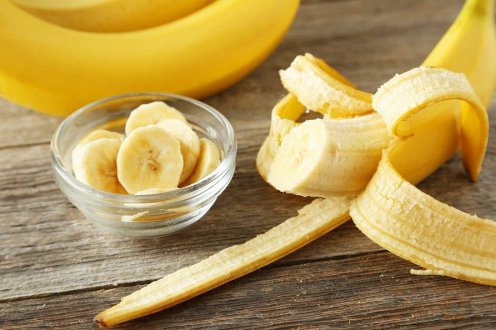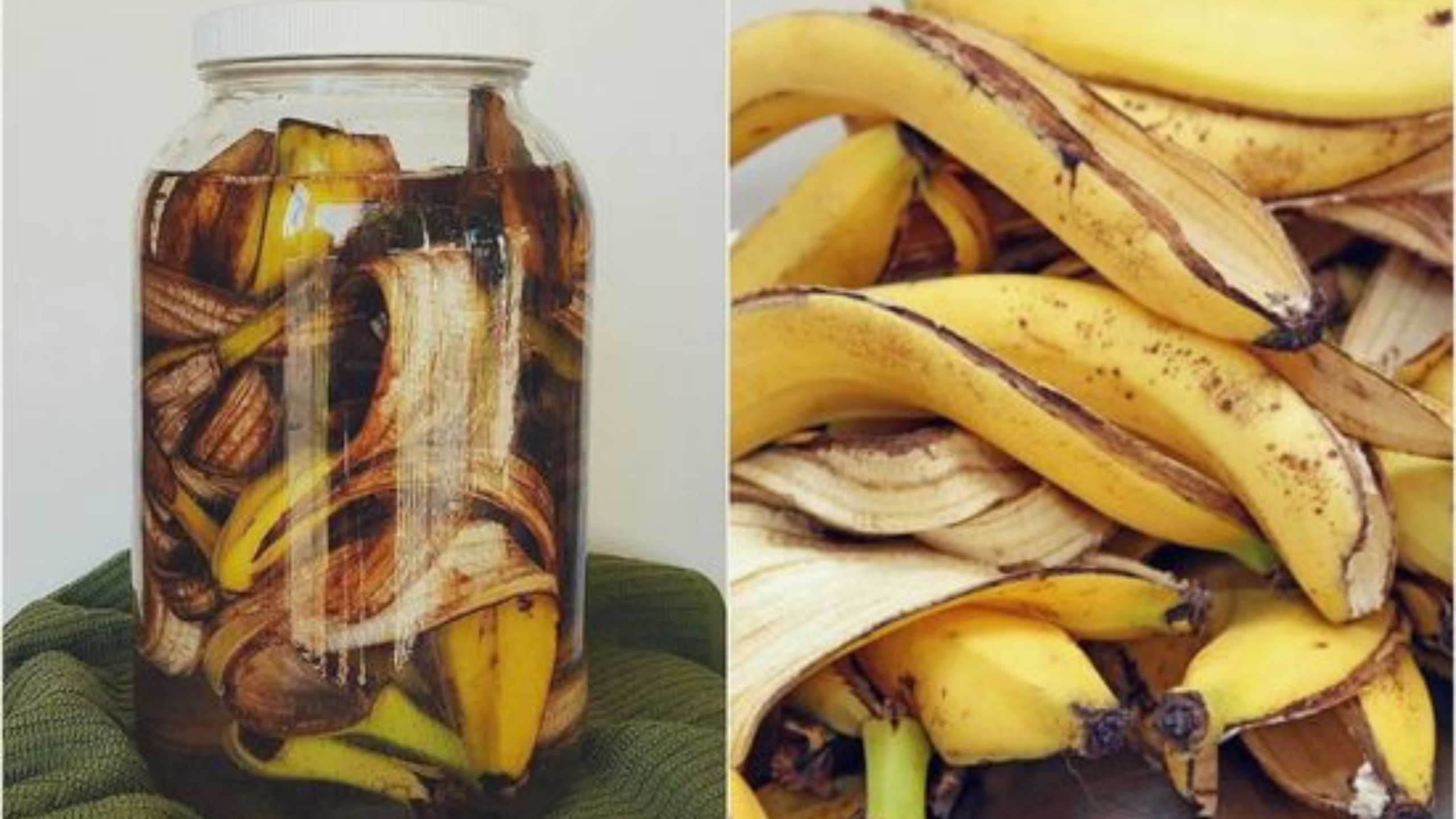If you’re like most people, banana peels probably go straight into the trash (or maybe the compost bin if you’re eco-conscious). But before you toss another peel, consider this: these slippery leftovers are packed with nutrients that can supercharge your garden.
Whether you’re growing tomatoes in a backyard bed or keeping houseplants healthy indoors, banana peels can be an incredibly useful, chemical-free solution for promoting plant growth and vitality. Here’s how you can turn what seems like waste into garden gold.
- Brew Banana Peel Tea for Your Plants
No, it’s not for sipping—it’s a refreshing drink for your plants.
To make banana peel tea:
Place one or two banana peels in a container filled with water.
Let it steep for about 48 hours.
Use the nutrient-rich water to irrigate your plants.
This natural tea helps promote lush growth thanks to the potassium and phosphorus it contains—two minerals essential for strong roots and flowering.
- Bury the Peels in Your Garden Soil
One of the simplest ways to recycle banana peels is by burying them directly in your garden.
Chop the peels into small pieces to speed up decomposition

Bury them just below the surface of the soil or beneath seedlings during planting.
This method gradually releases nutrients into the surrounding soil and encourages microbial activity, which benefits plant health over time. Just be sure not to place large pieces too close to roots, as they can hinder initial growth before they break down.
- Compost Your Banana Peels
If you already have a compost bin or pile, banana peels are an excellent addition.
Combine them with other kitchen scraps like vegetable peels, coffee grounds, and eggshells.
Layer them with dry materials like leaves or shredded newspaper to maintain balance.
Over time, they break down into rich compost that nourishes your plants and improves soil structure.
- Make a Dry Fertilizer from Banana Peels
Looking for a longer-lasting option? Try making your own banana peel powder:
Dry banana peels in the sun or a low-temperature oven.
Once fully dried, grind them into a fine powder.
This powder is rich in nutrients and can be sprinkled directly into soil before planting or used to top-dress existing plants. It’s especially helpful for vegetables and flowering plants.
- Plant a Whole Peel Underneath Seeds
This method is as straightforward as it sounds:
Dig a shallow trench about 10 cm (4 inches) deep.
Lay a banana peel flat in the trench.
Cover with a bit of soil, then plant your seeds above it.
As the peel decomposes, it releases nutrients right where developing roots need them. This is especially effective for fruiting plants like tomatoes and peppers.
- Create a Homemade Fertilizer Spray
Want to make your own nutrient-packed garden spray?
Blend chopped banana peels with ground eggshells and a pinch of Epsom salt.
Add water and strain to create a liquid fertilizer.
Pour into a spray bottle and mist your garden or houseplants.
This DIY spray is great for giving your plants a quick nutrient boost, especially when they’re looking a little tired or pale.
- Use Banana Peels as an Insect Trap
Banana peels don’t just feed your plants—they can protect them too.
Soak a peel in apple cider vinegar.
Place it inside a plastic container with holes poked in the lid.
This makeshift trap lures in fruit flies and other pests, helping reduce garden nuisances without harmful chemicals. It’s pet-safe, budget-friendly, and surprisingly effective.
- Make Banana Vinegar for Acid-Loving Plants
Some plants—like blueberries, azaleas, and hydrangeas—thrive in more acidic soil. You can make banana vinegar to help meet their needs:
Place chopped banana peels in a jar of water.
Let the mixture ferment for 4–6 weeks, loosely covered.
Strain and use the resulting liquid to water acid-loving plants.
It’s a sustainable, homemade solution that replaces store-bought acidic fertilizers.
Bonus: Household Uses for Banana Peels
Banana peels have plenty of benefits beyond the garden too. Here are a few creative ways to use them indoors:
Whiten teeth naturally by rubbing the inner peel on your teeth for a minute daily.
Shine shoes using the inside of a peel as a natural polish.
Soothe acne or bruises by placing the inside of the peel on the affected area.
Treat warts by taping a small piece of banana peel over the wart overnight for 1–2 weeks.
Final Thought
The next time you enjoy a banana, think twice before discarding the peel. From nourishing your garden to protecting your plants and even shining your shoes, this humble fruit byproduct is full of surprising potential.

